Boating License California: A Comprehensive Guide
Boating in California offers a diverse range of experiences, from sunny lakes to the open ocean. To ensure the safety of all boaters, the state requires individuals to obtain a boating license called the California Boater Card. This license ensures that boaters have the necessary knowledge of California boating laws, regulations, and safety procedures, providing a secure environment for everyone on the water.
The California Boater Card requirement is being phased in over several years, and by 2025, all boaters, regardless of age, will need to have one. The process of acquiring the card includes completing a state-approved boating safety course, either online or in person, that covers essential topics such as navigation, vessel registration, accident reporting, and boating equipment. Ultimately, proper education and adherence to California's boating laws contribute to a safer and more enjoyable experience for all water enthusiasts.

Key Takeaways
- Obtaining a California Boater Card is essential for safe and legal boating in the state.
- Boating safety courses provide comprehensive education on laws, regulations, and best practices.
- By 2025, all boaters in California, regardless of age, will be required to hold a Boater Card.
Understanding the California Boater Card
The California Boater Card is proof that the cardholder has successfully taken and passed a NASBLA/state-approved boater safety education examination. This card is essential for individuals operating motorized boats on California waterways. As of January 1, 2022, the card is required for operators 45 years of age or younger, and by 2025, all persons operating boats in California waters will be required to have one source.
The Division of Boating and Waterways (DBW), part of the California Department of Parks and Recreation, is responsible for administering the California Boater Card program. DBW is focused on providing safe, enjoyable, and environmentally responsible boating experiences for all Californians source.
It is important to note that the California Boater Card is state-specific. This means that even if a person holds a boating license from another state or the United States Coast Guard, they will still need to obtain a separate California Boater Card source.
To apply for a California Boater Card, individuals must first complete a state-approved boater safety course and exam. Once they have successfully passed the exam, they can submit their application for the card. The process for applying, as well as the specific standards for boating safety courses and exams, are detailed in the California Code of Regulations.

The Need for a Boating License in California
California has specific requirements when it comes to operating motorized vessels and personal watercraft. A boating license, known as a California Boater Card, is essential for individuals operating these types of vessels on state waterways. Obtaining a Boater Card ensures that boat operators are aware of the safety rules, laws, and regulations concerning boating in the state.
The law mandates that anyone below the age of 20 operating a motorized vessel must possess a California Boater Card. As of 2025, the requirement will apply to all boaters, regardless of age. The California Department of Motor Vehicles (DMV) is responsible for issuing Boater Cards to applicants who successfully pass a specific boating safety course.
In the state of California, it is illegal for individuals under 16 years of age to operate a motorized vessel or personal watercraft with a motor power of 15 hp or more. Exceptions to this rule may apply in specific cases, as outlined in the law. The California State Parks provides detailed information on the boating laws, rules, and age requirements.
Additionally, California registered vessels that operate on fresh water bodies within the state must display a "Mussel Fee Paid" sticker next to the registration sticker on the hull. This fee, however, does not exempt a vessel from inspection or additional fees for inspections conducted by reservoir owners or managers.
In conclusion, acquiring a boating license in California is vital for ensuring the safety and proper navigation of watercraft on state waterways. By meeting the age requirements, taking a boating safety course, obtaining a Boater Card from the DMV, and adhering to the state's laws and regulations, boaters help maintain a safe and enjoyable environment for all water enthusiasts.
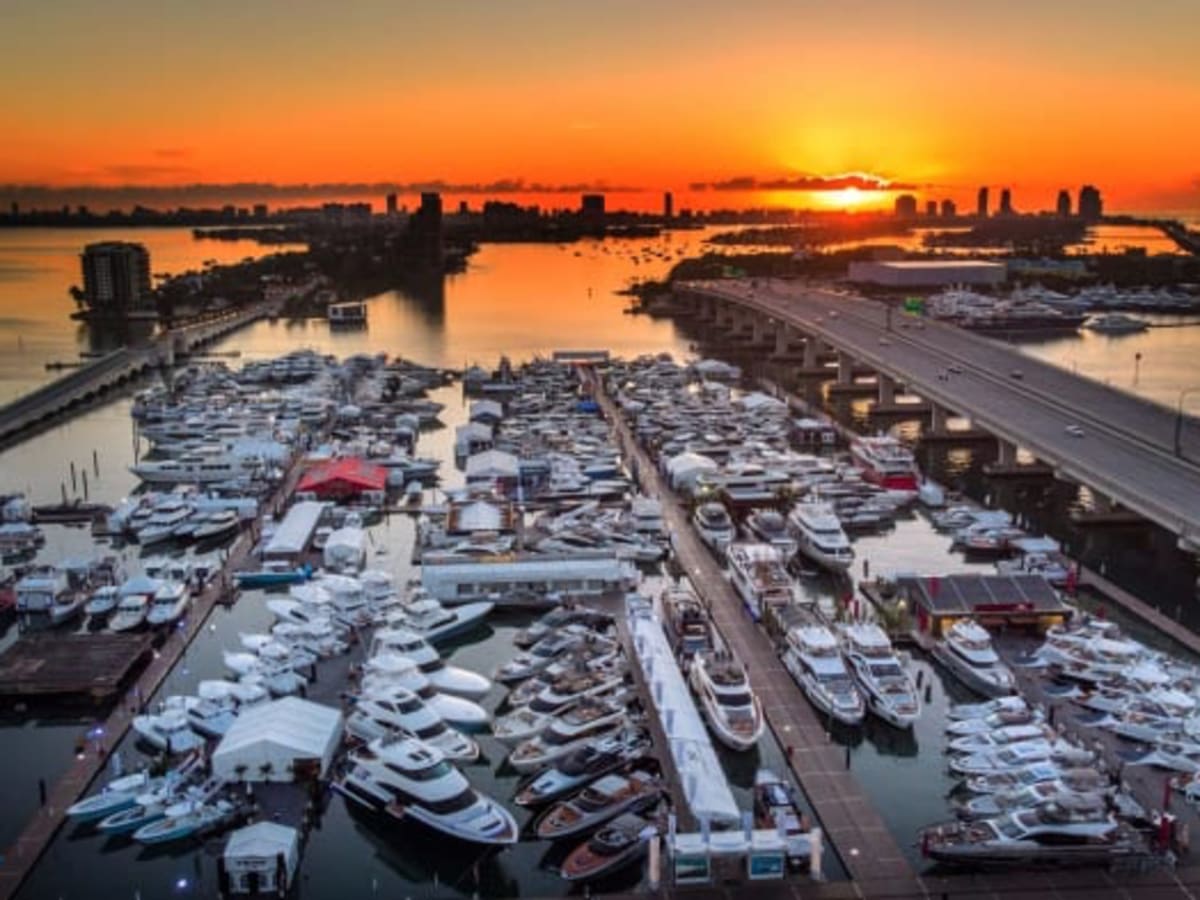
California's Boating Laws and Regulations
California has specific boating laws and regulations to ensure the safety of all individuals participating in water activities. It is essential for both residents and visitors to understand and follow these rules to avoid accidents or moving violations.
In California, a person must be 16 years of age or older and possess a California Boater Card to legally operate a vessel powered by a motor of 15 hp or more, including personal watercraft (PWCs). There are some exceptions to this law, which can be found here.
The ABCs of California Boating offers an easy-to-read guide that covers the state's boating laws, based on the California Harbors and Navigation Code, Vehicle Code, Penal Code, and California Code of Regulations.
When attending regattas or other organized vessel races, participants must follow the Rules of the Road, which are national and international guidelines for preventing collisions between vessels. These rules apply to all boaters, and failure to adhere to them can result in penalties.
Furthermore, California requires registered vessels using fresh water bodies within the state to display a "Mussel Fee Paid" sticker on the hull next to the current registration sticker, as part of the quagga and zebra mussel prevention efforts.
All boat and vessel owners must renew their registration by December 31 of every odd-numbered year, regardless of how often they use the watercraft. For more information on registration renewal, titles, and transfers, visit the California DMV's Boat & Vessel Owners page.
By understanding and following California's boating laws and regulations, boaters can ensure a safe and enjoyable experience on the water.
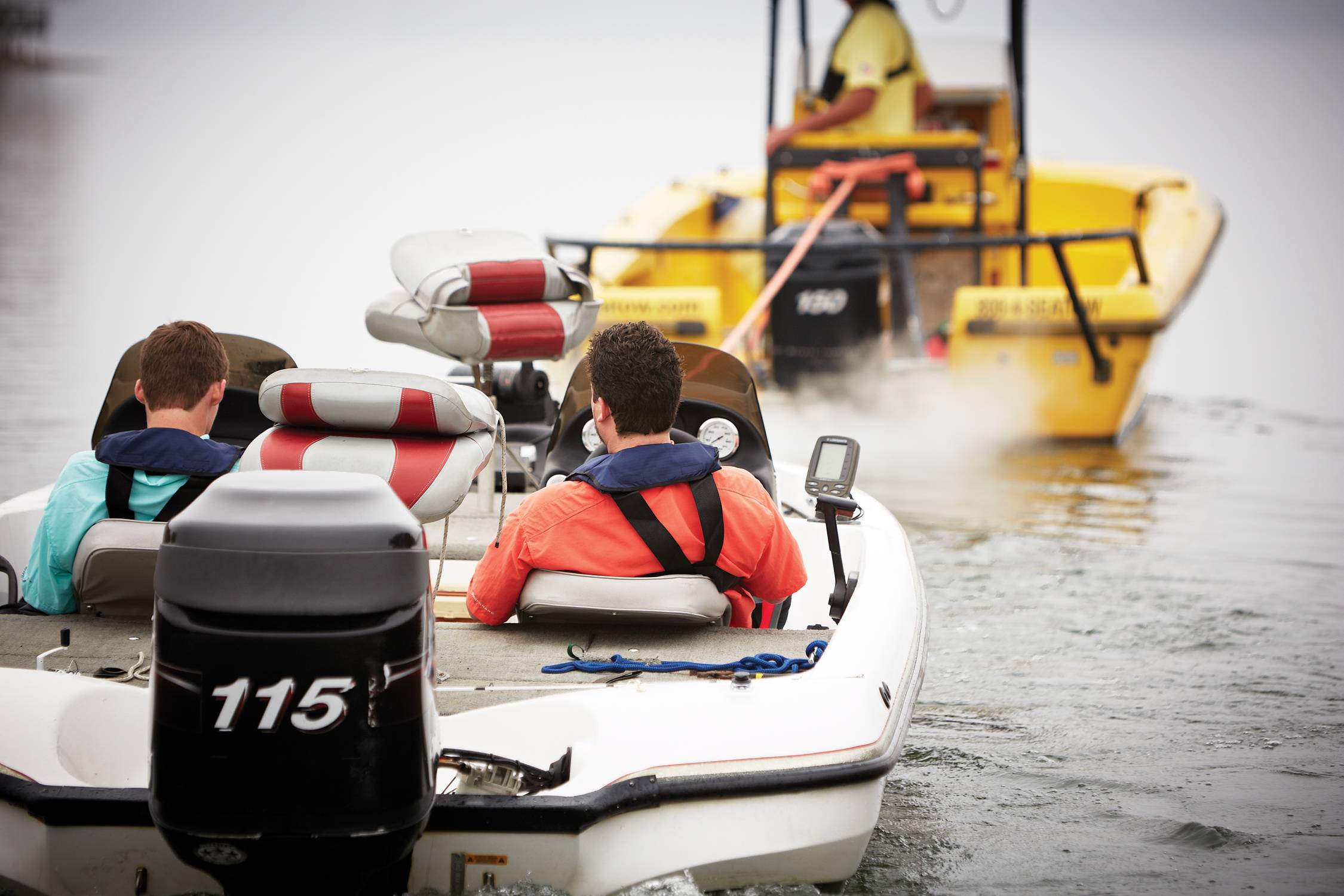
Comprehensive Boating Safety Education
Boating safety education is essential for every boat operator in California. The state has set specific requirements and approved courses that provide crucial knowledge and skills for safe and responsible boating. These courses are designed in accordance with the National Association of State Boating Law Administrators (NASBLA) and the California State Parks Division of Boating and Waterways regulations.
One such recommended course is the BoatUS Foundation's Online Course, which is a free, NASBLA-approved, and California State-recognized boating safety course. Completing this course equips boaters with essential information on safety equipment, navigation, and local laws.
Safety equipment is a crucial aspect of boating safety education. Boat operators must be familiar with the required safety equipment on board, including life jackets, fire extinguishers, flares, and navigation lights. Life jackets, in particular, are fundamental for personal safety, as they can significantly reduce the risk of drowning in case of an accident.
Boating safety education also emphasizes the importance of taking a boater exam. This exam tests the knowledge of boaters on various aspects of nautical safety, such as equipment requirements, communication systems, and emergency procedures. Most California-approved boating safety courses end with a boater exam, and a passing score will grant a certificate of completion, which can be used to obtain a California Boater Card.
In conclusion, comprehensive boating safety education is essential for every boater in California. By adhering to NASBLA standards and completing state-approved courses, boat operators can ensure they are well-prepared to navigate the waters safely and responsibly. ***/
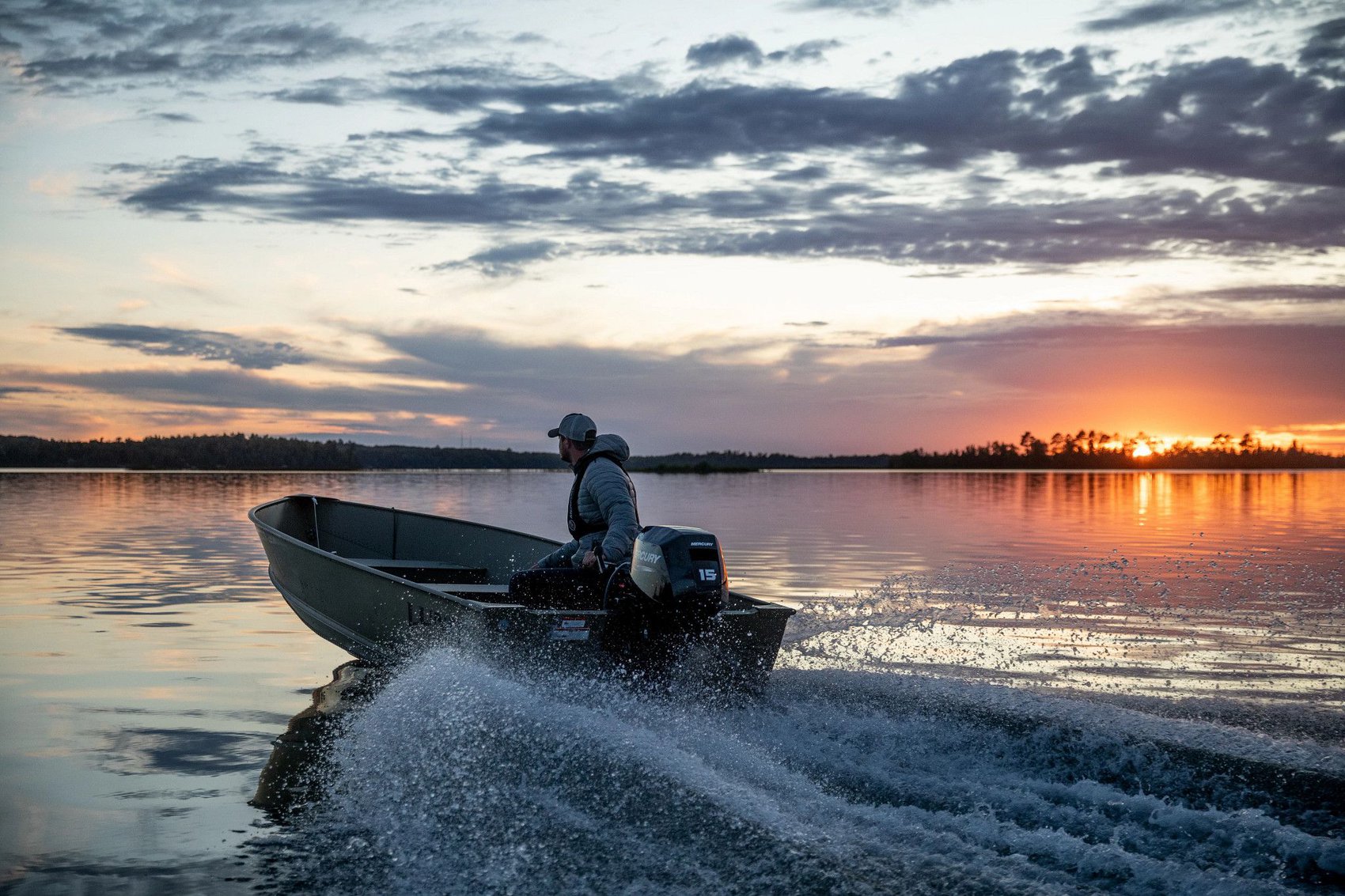
Navigation in California Waterways
Navigating the diverse waterways in California requires boaters to be familiar with the state and federal regulations in place. With a wide range of environments, including rivers, lakes, and coastal areas, it is essential for boaters to have a clear understanding of the rules that affect both safety and environmental preservation.
One of the critical components for safe navigation in California waterways is obtaining a boating license. Boaters need to pass a boating safety course approved by the California State Parks Division of Boating and Waterways to receive their license. The course covers state-specific boating laws and federal navigation requirements, ensuring that boaters not only comply with the legal aspects but, more importantly, have the knowledge for safe maneuvering on the water.
Regarding the rules for navigation on California waterways, boaters should be acquainted with the Harbors and Navigation Code and the Federal Rules of the Road. These regulations encompass various aspects, such as right-of-way, speed limits, and proper equipment to be carried on board. Additionally, boaters must be aware of special rules in certain areas, such as those protecting ecosystems or addressing local conditions.
Boaters should also familiarize themselves with the environmental boating laws in California, designed to preserve the state's fragile ecosystems. For instance, vessels using fresh water bodies within the state are required to display a "Mussel Fee Paid" sticker, which helps in controlling the spread of invasive species like quagga and zebra mussels.
In conclusion, when navigating California waterways, boaters must be knowledgeable about specific laws and regulations to ensure the safety of everyone on the water and the preservation of the state's delicate ecosystems. Obtaining a boating license, learning the rules, and respecting the environment are essential steps for responsible boating in California.

Boating Courses Offered Online and In-Person
California offers a variety of boating courses, both online and in-person, to help individuals obtain their boating license. These courses are designed to meet the requirements set forth by the California State Parks Division of Boating and Waterways, as well as the National Association of State Boating Law Administrators (NASBLA).
Online Courses are a convenient option for many individuals, as they allow for flexibility in scheduling and can be completed at one's own pace. A popular online course provider is the BoatUS Foundation, which offers a free online boating safety course approved by the California State Parks Division of Boating and Waterways. Another option is iLearnToBoat, a delegated provider for California State Parks Division of Boating and Waterways, offering an interactive online boater safety course.
Classroom Courses provide an opportunity for students to engage with instructors and other students in a more traditional learning environment. Aquatic centers across California offer in-person boating safety courses with certified instructors. You can find a list of approved courses on the California Approved Boating Safety Courses website.
To obtain an Education Certificate or Boater Card, individuals must successfully complete an approved Boating Course and pass the Boater Safety Exam. The exam, which is usually included in the course, covers topics such as navigation, boating laws, and emergency procedures. Once the exam is passed, individuals can apply for their California Boater Card, which is required for all boaters 50 years of age or younger starting January 1, 2023, and for all boaters regardless of age by 2025, according to Boat-Ed.
In summary, both online and in-person boating courses offer valuable education to help individuals obtain their California Boater Card. Carefully consider your learning preferences and schedule when choosing the best course to meet your needs.

Vessel Registration and Quagga Sticker
In California, anyone who owns a sailboat over eight feet long or a boat/vessel with a motor, regardless of size, must register it with the Department of Motor Vehicles (DMV) to legally operate it on California waterways. To register your boat or vessel, you will need to complete an Application for Vessel Certificate of Number (BOAT 101) form. Boat and vessel registrations must be renewed by December 31 of every odd-numbered year, regardless of how often they are used.
In addition to vessel registration, California requires the purchase of a Quagga (Mussel Fee) sticker. As of 2021, acquiring a Quagga sticker is a separate transaction from the vessel registration and renewal processes. The sticker will be mailed to you separately, and a $16 fee must be paid. The Quagga sticker is essential for boat and vessel owners, as it helps prevent the infestation of Quagga and Zebra mussels in California's waterways.
To purchase a Quagga sticker, have your vessel CF number ready, if available, and visit the California DMV website or a local DMV field office. It is crucial to comply with these requirements to help protect California's water resources and ensure the safety of boat and vessel operators throughout the state.
Remember to keep your vessel registration and Quagga sticker up-to-date to avoid penalties and maintain legal access to California's waterways. Operating a boat or vessel without proper registration and the required Quagga sticker may result in fines and other consequences. By following these guidelines, boaters in California can enjoy a safe, responsible, and environmentally friendly experience on the water.
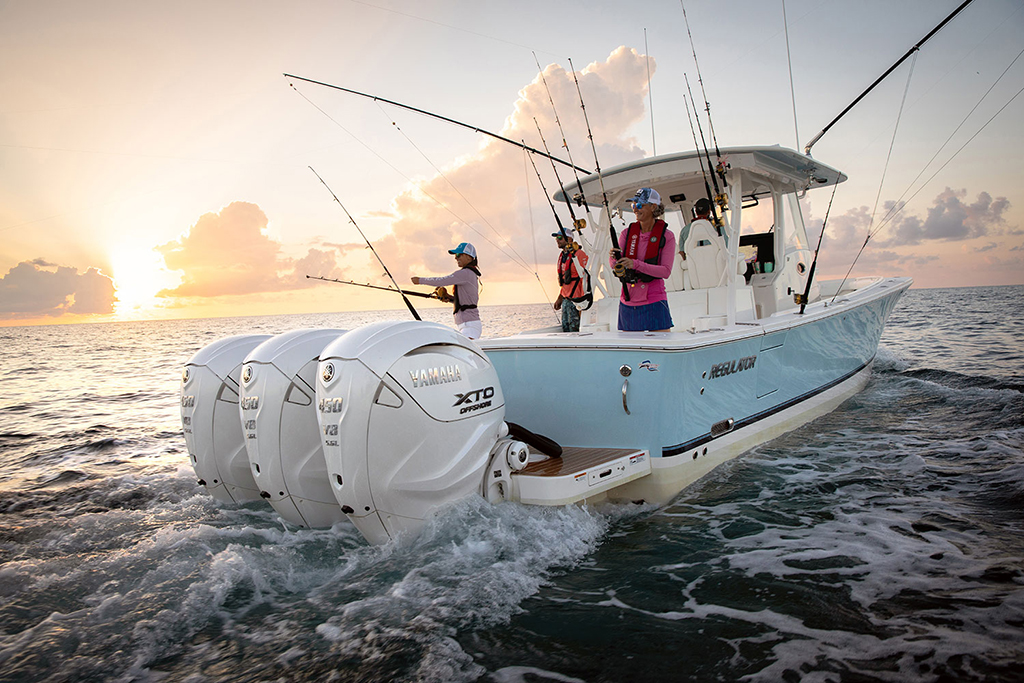
Accident Reporting and Prevention
Boating in California can be an enjoyable experience, but it's essential to prioritize safety and follow all regulations to prevent accidents. One crucial aspect is understanding the requirements for reporting accidents.
In California, a boat owner or operator must report their boat accident to the California State Parks Division of Boating and Waterways (DBW) if the accident results in:
- Death
- Disappearance of a person
- Injury requiring medical attention beyond first aid
- Damage to a vessel or other property exceeding $500
- Complete loss of a vessel
Aside from reporting accidents, preventative measures can be taken to minimize the risks while boating. One significant component is boat handling, which involves the proper operation of a vessel. This can be acquired by obtaining a boating license in California. As of 2025, all boaters, regardless of age, will be required to hold a boater card.
Another crucial factor in preventing accidents and fatalities is understanding safe boating practices, such as:
- Wearing life jackets
- Understanding navigational rules
- Keeping a proper lookout
- Avoiding alcohol consumption while boating
Additionally, boaters should also remain aware of weather conditions and other hazards that could contribute to accidents.
The DBW also plays a role in accident prevention by collecting and analyzing boating accident reports, using this data to develop safety strategies and make recommendations. This information is vital in helping boaters understand the potential risks and learn essential safety procedures to avoid accidents.
By reporting accidents and adhering to the necessary safety guidelines, boaters can contribute to a safer and more satisfying experience on California's waterways.
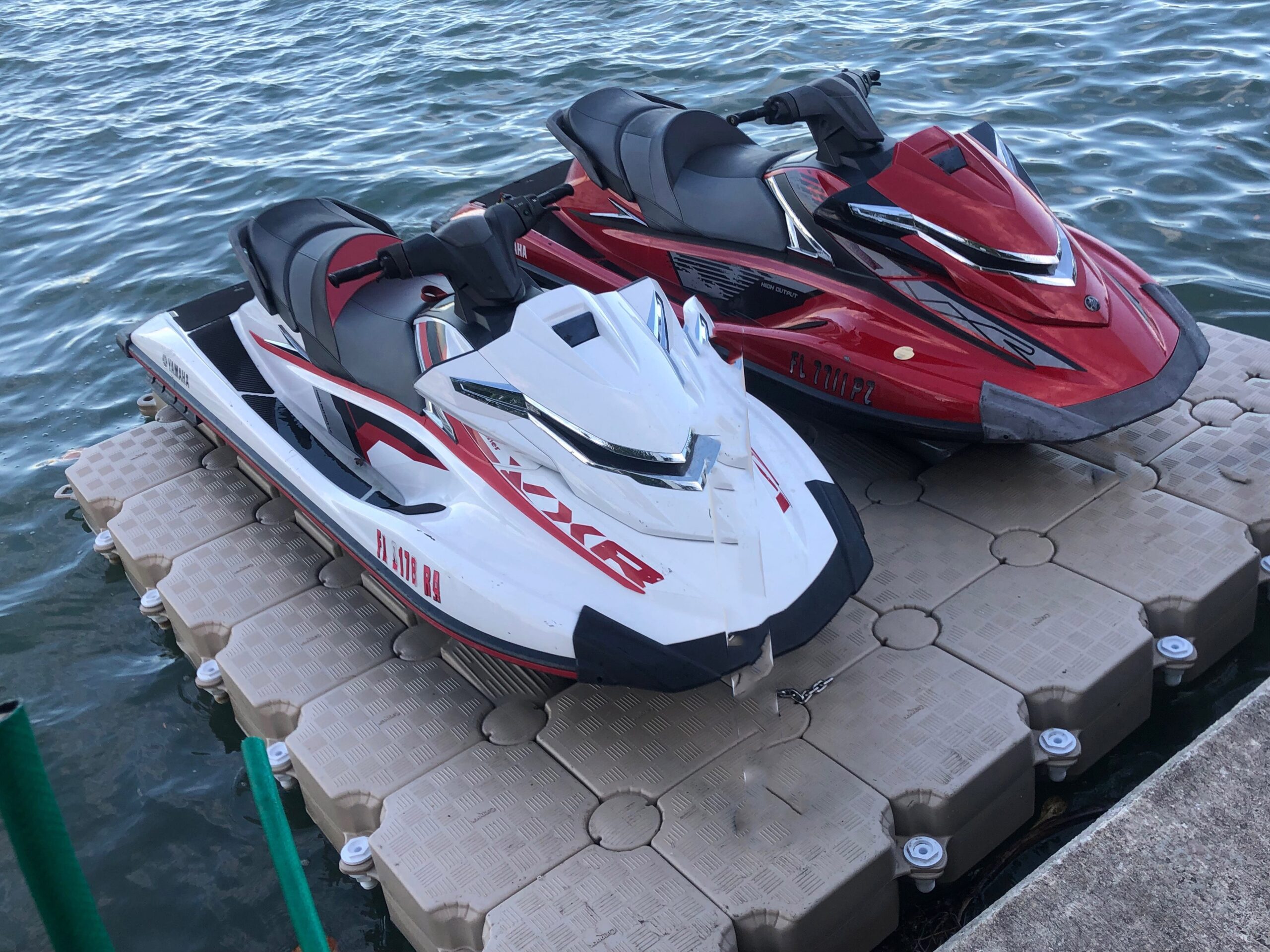
Renting and Operating Personal Watercraft
In California, renting and operating personal watercraft (PWC) such as jet skis or waverunners can offer a thrilling way to explore the state's beautiful coastal waters. However, it is important to be aware of the regulations and safety requirements to ensure a safe and enjoyable experience.
Renting a PWC typically involves signing a rental agreement, providing a valid driver's license, and meeting the age requirement. In some cases, rental agencies may require customers to have a boating license, depending on their age and the type of vessel. Currently, a California boating license or Boater Card is required for all applicants under the age of 20 operating a motorized vessel on state waterways1.
When it comes to PWC operation, California has specific rules in place to ensure the safety of operators, passengers, and other boaters. These regulations include:
- Age restrictions: A person 12-15 years of age may operate a PWC designed to carry two or more persons if the operator is supervised on board by a person 18 years of age or older2.
- Hours of operation: PWCs may not be operated from sunset to sunrise2.
- Passengers: PWCs may not carry more passengers than the number for which the craft was designed to carry by the manufacturer2.
- Life jackets: Everyone on board a PWC and anyone being towed behind a vessel must wear a Coast Guard-approved life jacket3.
In addition to these regulations, it is highly recommended that operators take a boating safety course to familiarize themselves with the "rules of the waterways"4. This knowledge can help prevent accidents, ensure the safety of all on board, and keep California's waterways clean and enjoyable for everyone.
By adhering to California's laws and guidelines for renting and operating personal watercraft, PWC enthusiasts can make the most of their time on the water while maintaining a high level of safety and responsibility.

Essential Boating Equipment
When venturing out on California's waters, it is crucial to ensure that your boat is equipped with the necessary safety equipment. Doing so not only promotes a safer boating experience but also complies with the state's laws and regulations.
One of the most important pieces of safety equipment on any boat is the life jacket. California boating laws require that all vessels carry a Coast Guard-approved life jacket or personal flotation device for each person on board. Life jackets must be of the appropriate size and should be readily accessible when needed.
In addition to life jackets, boats should be equipped with proper lights and signaling devices. This may involve a combination of white, red, and green lights, as well as sound signaling devices like whistles or horns. These are necessary not only for visibility during nighttime or in poor weather conditions but also for communicating with other vessels in the vicinity.
It's also crucial to have fire extinguishers on board. The type and quantity of fire extinguishers will depend on the size and class of your boat, but they must be Coast Guard-approved and kept in good, serviceable condition. Ensure they are readily accessible and adequate for the potential hazards posed by your boat's motor or fuel.
Additional safety equipment that the Division of Boating and Waterways suggests that recreational human-powered vessels carry includes visual distress signals like flares and an efficient means for making a sound signal. Having a properly functioning marine radio on board allows for prompt communication in case of emergencies, and a throwable flotation device can be crucial in rescuing individuals who fall overboard.
In conclusion, having the essential boating equipment like life jackets, lights, signaling devices, fire extinguishers, and other appropriate aids ensures a safer and more enjoyable boating experience while meeting California's requirements. Always make sure that your equipment is in good condition and readily accessible before setting out on the water.
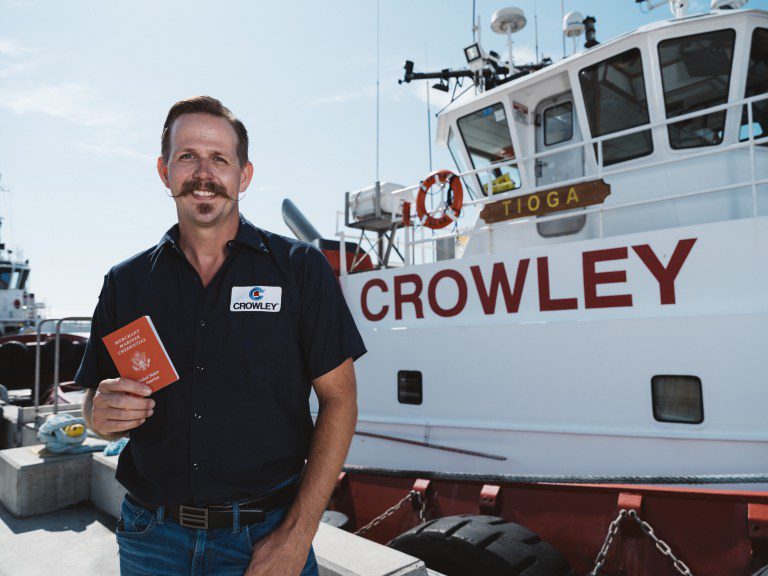
Marine Operator and Commercial Fishing Licenses
In California, those who operate commercial fishing vessels or serve as marine operators must possess specific licenses to comply with the regulations and ensure safety on waterways. A Commercial Fishing License is required for individuals who engage in fishing activities for profit, while a Marine Operator License is necessary for persons operating boats in a professional capacity, like chartering services or water taxis.
To obtain a Commercial Fishing License in California, applicants must contact the California Department of Fish and Wildlife (CDFW) to establish a commercial fishing customer account. The CDFW provides all the necessary information and guidance during the application process. Licenses are issued to both residents and non-residents, with the latter being subject to a fee differential.
A Marine Operator License is required for those operating motorized vessels in a professional capacity in California's waterways. This license serves as proof of the holder's competency in boat safety and navigation. In this case, the California Division of Boating and Waterways usually mandates the successful completion of a NASBLA-approved boater safety exam before granting the Marine Operator License.
It is important to note that some individuals may be exempt from acquiring the California Boater Card, such as individuals possessing a current Commercial Fishing License or a valid Marine Operator License. These exemptions are in place to minimize redundancy and streamline the licensing process for experienced professionals operating in California's waters.
By adhering to the licensing requirements, marine operators, and commercial fishermen contribute to maintaining a safe, enjoyable, and sustainable environment for all those using California's waterways.

Resources for Boating Safety and Education
California promotes boating safety education to ensure recreational boaters have a safe and enjoyable experience. There are several agencies and organizations that provide resources, courses, and support for boating safety and education in California.
The California Division of Boating and Waterways is the state agency responsible for maintaining boating safety and education programs. They offer boating safety courses approved by the National Association of State Boating Law Administrators (NASBLA) that meet the requirements for a California boating license.
The BoatUS Foundation offers a free online boating safety course, approved by the California State Parks Division of Boating and Waterways, the U.S. Coast Guard, and NASBLA. By completing this course, boaters can obtain their boating safety certificate or card, which is mandatory for operating a motorized vessel on California waterways.
America's Boating Club/U.S. Power Squadrons is a nonprofit organization committed to promoting boating safety and education. They offer a wide range of classroom and online education courses, as well as hands-on training sessions. Their courses are designed to meet the needs of new boaters, experienced boaters, and those preparing for specific water activities or certifications.
The U.S. Coast Guard Auxiliary is an organization made up of volunteers who work alongside the U.S. Coast Guard to educate the public on safe boating practices. They offer a variety of in-person and online courses accredited by NASBLA, covering topics such as navigation, weather, and boat handling.
In conclusion, boaters in California have numerous resources for boating safety and education from state and national organizations, such as the California Division of Boating and Waterways, U.S. Coast Guard, America's Boating Club/U.S. Power Squadrons, and the U.S. Coast Guard Auxiliary. Taking advantage of these resources ensures a safer and more enjoyable boating experience.

Frequently Asked Questions
What is the cost of a boating license in California?
The cost of a boating license in California varies depending on the course provider and format. Many online courses are available for free, while some may charge a fee. Courses offered by the California Division of Boating and Waterways are free and include an exam at the end of the course.
What are the requirements to obtain a CA boat license?
To obtain a California Boater Card, which is required to operate a motorized vessel, applicants must complete a state-approved boating education course and pass an exam. The California Boater Card is required for all persons 20 years of age and younger who operate a recreational motorized vessel on state waterways.
How can I get a boating license in California?
To get a boating license in California, you can take a California Course for Safe Boating online in English or Spanish. After completing the course, you will need to take the exam and pass to obtain your California Boater Card.
Who is exempt from needing a California boating license?
There are certain exemptions for needing a California Boater Card. These include:
- Persons operating a rental vessel.
- Non-residents with a valid boating education card, which can be used for up to 60 days in California.
- Persons who are active-duty military or stationed in California.
What is the California Boater Card test?
The California Boater Card test is an exam that boaters must pass to obtain their Boater Card. It consists of multiple-choice questions that cover boating law, boating safety, and navigation. The test is administered after completing a state-approved boating education course, such as the California Course for Safe Boating.
How long does it take to get a boating license in California?
The time it takes to get a boating license in California depends on the individual's pace in completing the course and passing the exam. Online courses can be completed at your own pace, while classroom courses may have a duration of a few days to a week. After successfully passing the exam, your California Boater Card will be mailed to you, which may take several weeks to arrive.
Footnotes
- https://www.dmv.com/ca/california/boating-license ↩
- https://aceboater.com/en-us/personal-watercraft-california ↩ ↩2 ↩3
- https://www.parks.ca.gov/?page_id=28985 ↩
- https://www.dmv.ca.gov/portal/driver-education-and-safety/special-interest-driver-guides/boat-vessel-owners/ ↩
Charlie is Editor-in-Chief of Sea Magazine